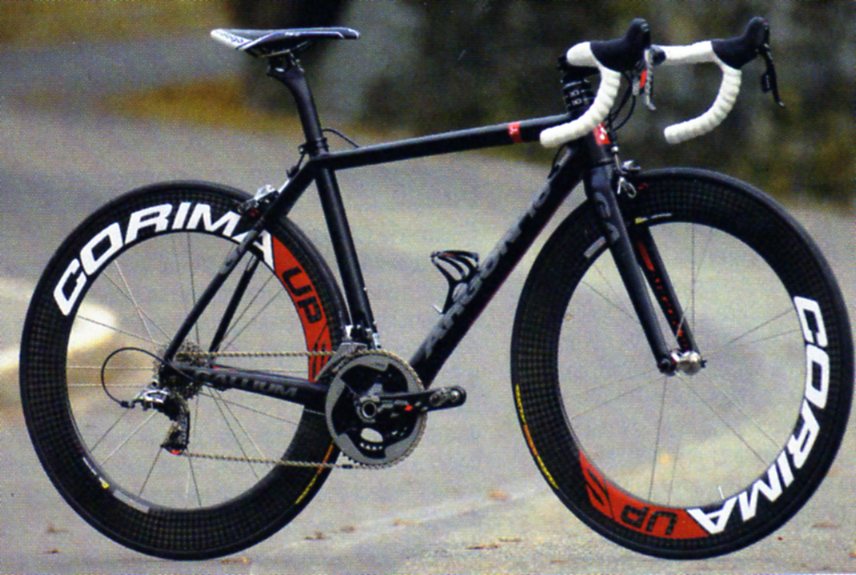Interbike 2012: non-racing bikes
My last post was of racing bikes. The bikes I'll describe here deviate from main-stream racing machines, although obviously any bike can be raced, and one here is even for a particular type of race ("gravel race").

Ritchey Tandem Breakaway
Ritchey showed the tandem Breakaway frame they'd showed at NAHBS this February. There was finally a formal promise it was going into production, although they were "still working on pricing". I think the Ritchey bikes all look awesome. This is the only stock tandem I've seen which I thought looked really good. Key question is whether we'd choose to travel with it. Certainly the Breakaway boxes would facilitate transport, but packing and unpacking Breakaways is a time-consuming process, not one for a few hours drive to a century or double.

Velo Orange touring bike
Velo Orange had a very nice touring bike, something which would have been nicely at home at NAHBS if the frame had been custom. I asked about the bike and was told they don't sell complete bikes, although virtually everything on it was the Velo Orange brand. No single spec is going to please more than one customer, they said: everyone has their own preferences. I agree. Curiously, they had the same bike also set up as a "gravel racer". I didn't think loaded touring and off-road racing were sufficiently similar to share the same frame design, but the guy to whom I spoke in the booth said they both worked well.

Salsa gravel racer
Speaking of gravel racers, Salsa had their impressive gravel racer on display. I suppose I could have put this in the racing bike post, but gravel racing hasn't yet caught on in the San Francisco Bay area so it would get different use. A big problem is so many of the appropriate roads are on open space land, and open space policy explicitly forbids timed events. This would be perfect for the Grasshopper series or for the recent San Francisco Randonneurs 200 km dirt brevet. Cyclocross bikes have typically excellent in these events (the brevet was "won" by a Ridley cross bike) but cross bikes are really designed for cross races, which involve carrying the bike up anything steep, and geometry designed for an hour of pain rather than endurance. The bag shown on the show bike seems over the top for one-day events, but a smaller frame bag large enough to hold wet weather gear seems like it would be perfect. This wins my personal "most attractive bike of the show" award, as I love riding dirt roads on my road bike, but obviously the substantially fatter tires and mud-friendly disk brakes on the Salsa are the right tools for the job.


Phil Wood fatty dual-suspension concept
On the subject of mud, the super-fat tire category has really taken off in the past year. These bikes were originally designed for snow riding. Decades ago racers in the Iditabike endurance race in Alaska would mount fat tires on two conventional rims welded side-by-side. First custom, then mass-production builders eventually hopped on the category as an underexploited niche in the over-saturated bike business. Perhaps to the surprise of at least some of the suppliers, people started buying them for anything but snow rising. It makes sense: after all, off-road motorcycles use fat tires, why shouldn't mountain bikers? Phil Wood showed this concept bike, a full-suspension fatty, which I assumed was intended as a joke. After all, why would you need full suspension when you've got tires like these? I noted this to the guys in the booth and I got horrified stares. "You just point this bike where you want to go and it takes care of the details," they said.


Comments